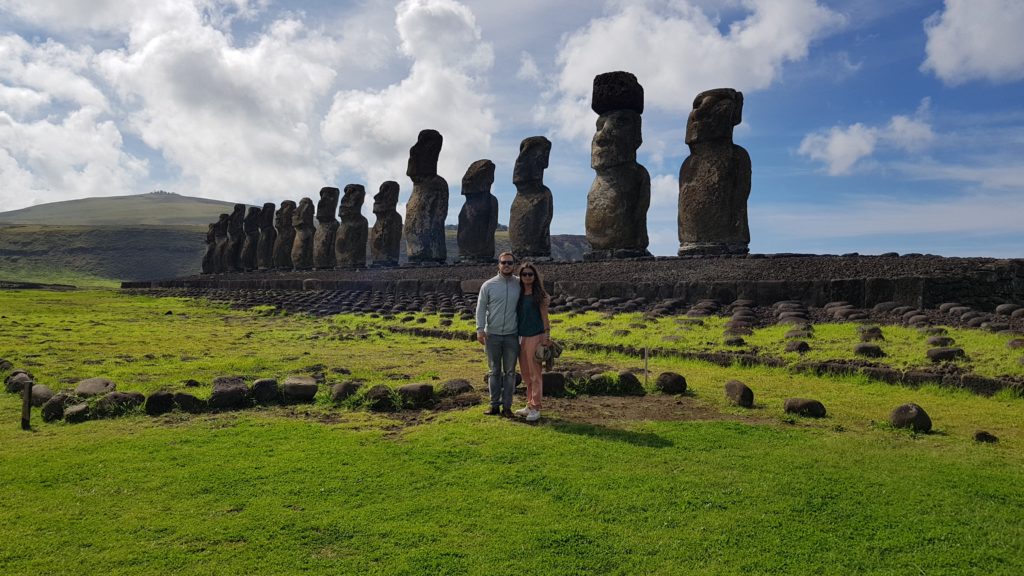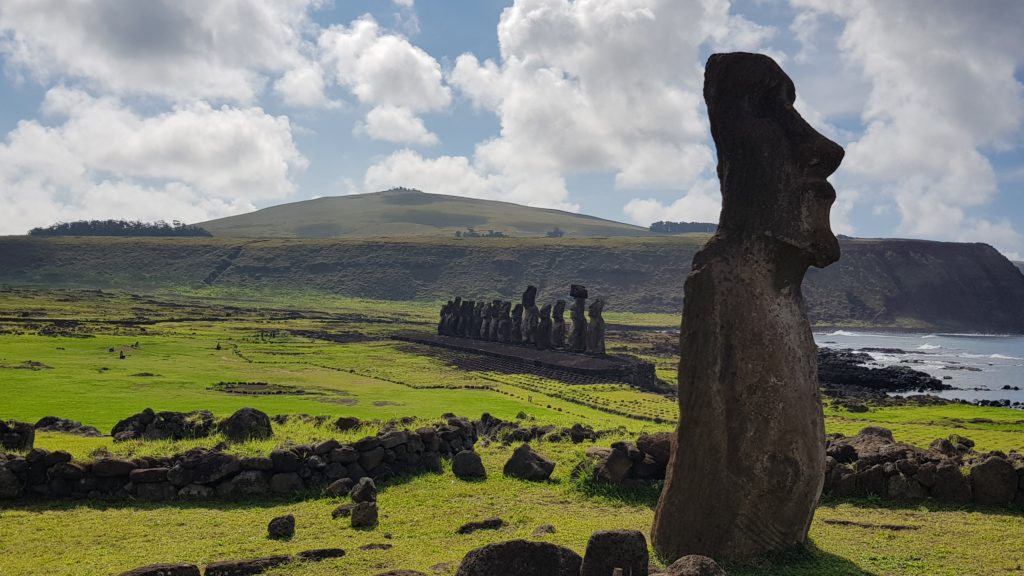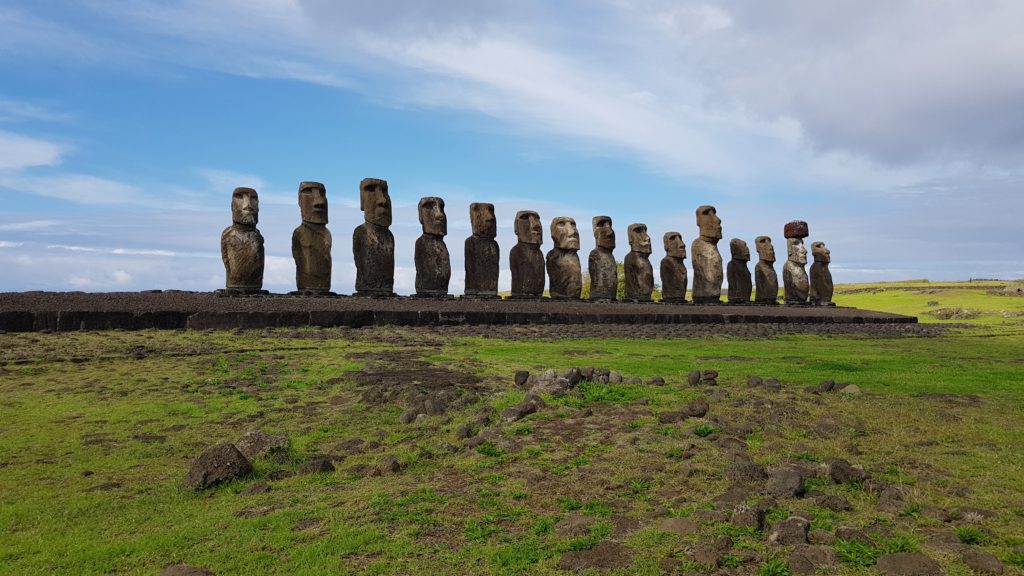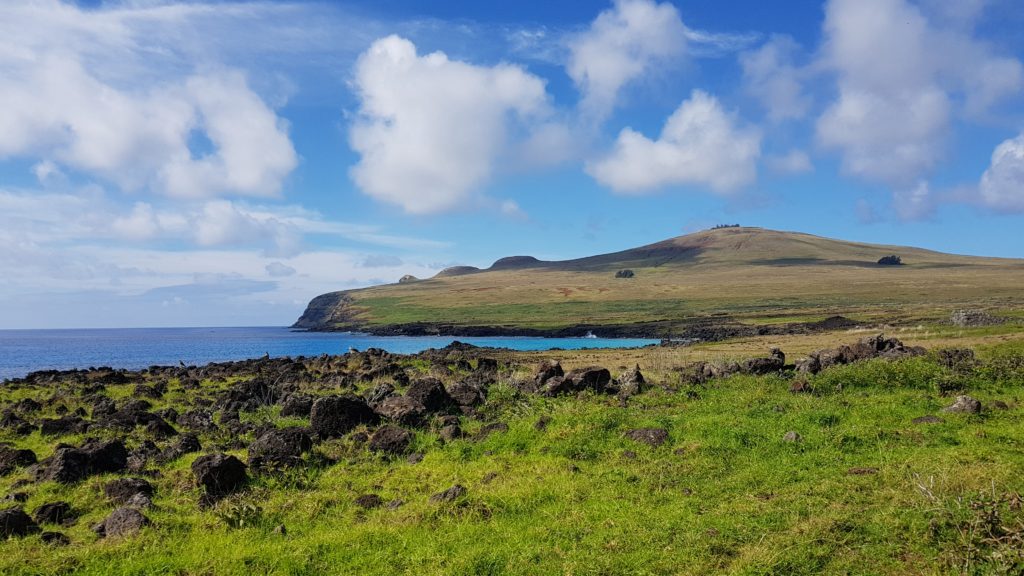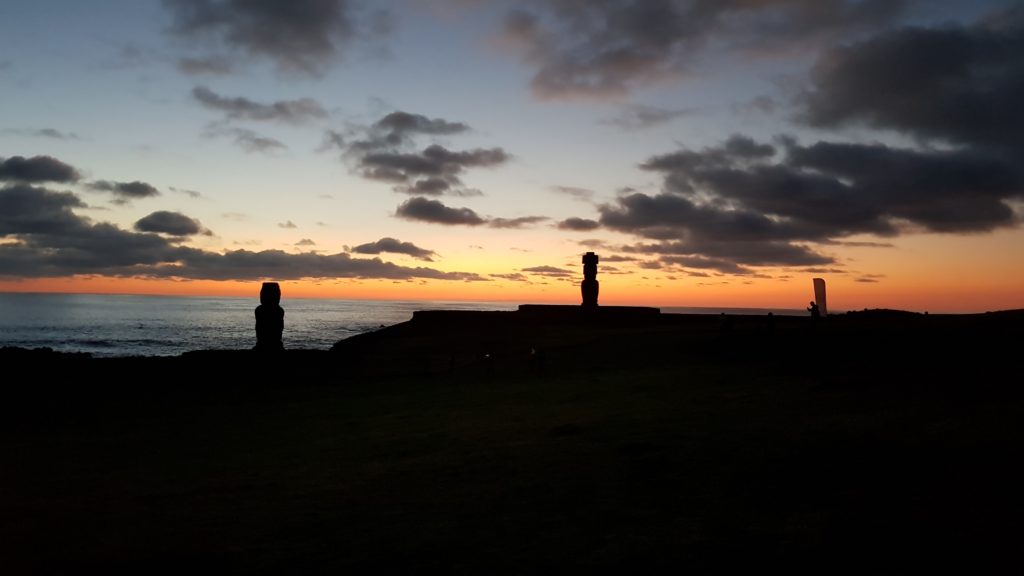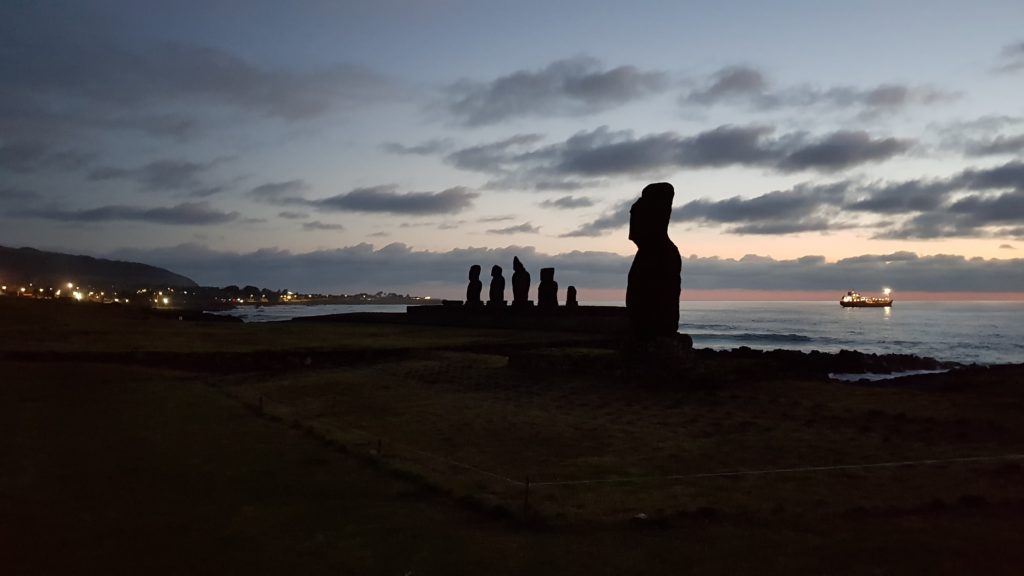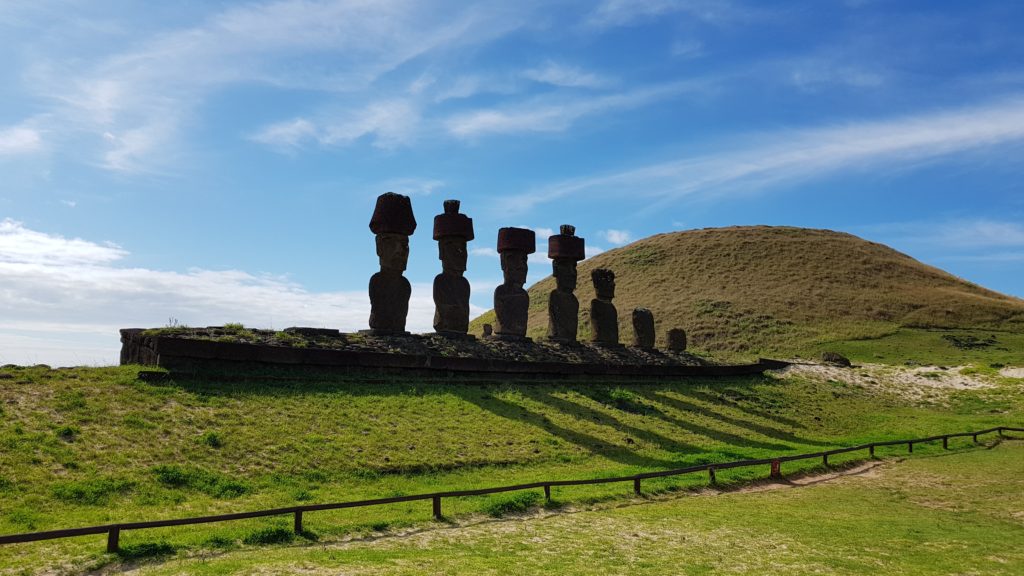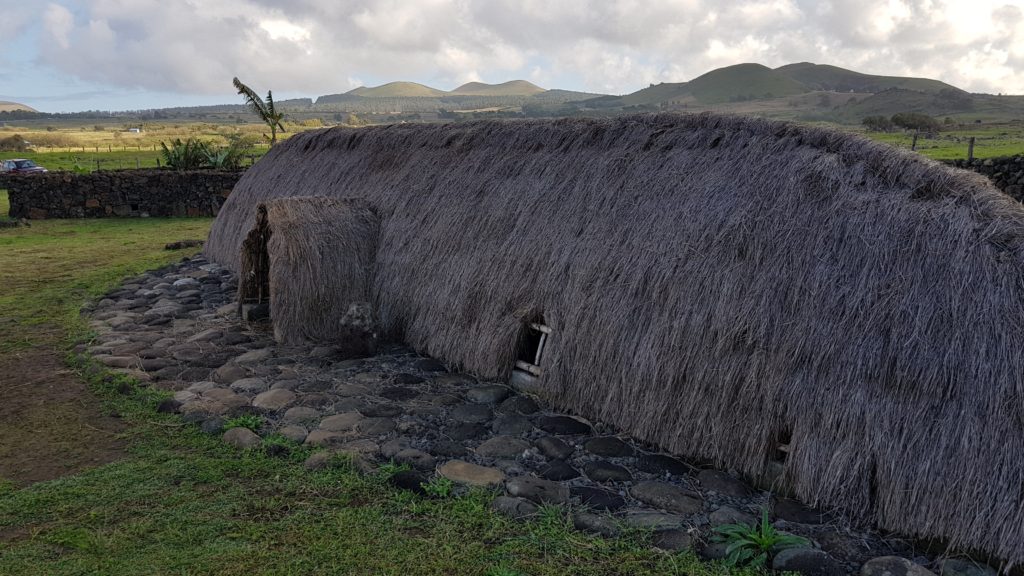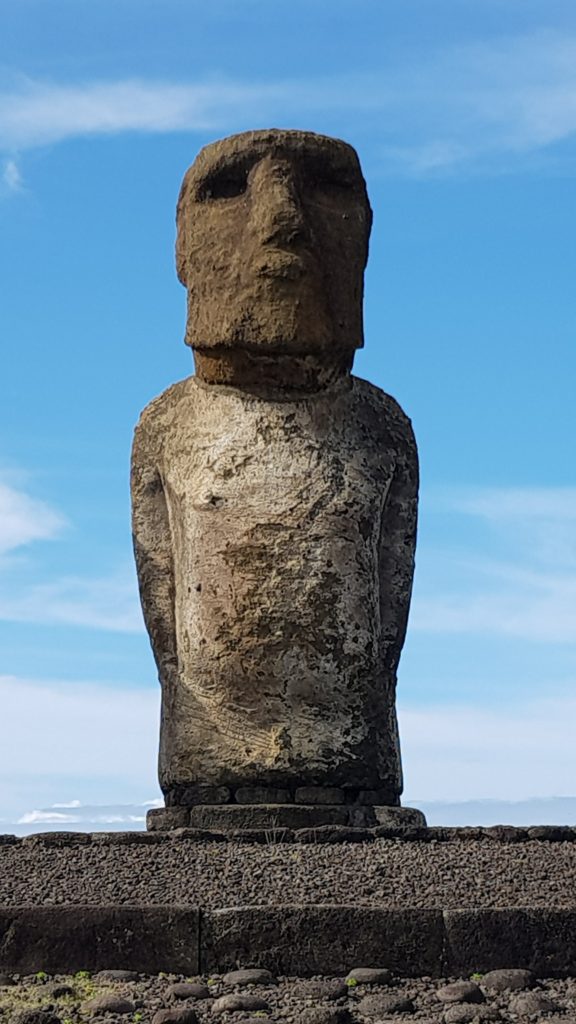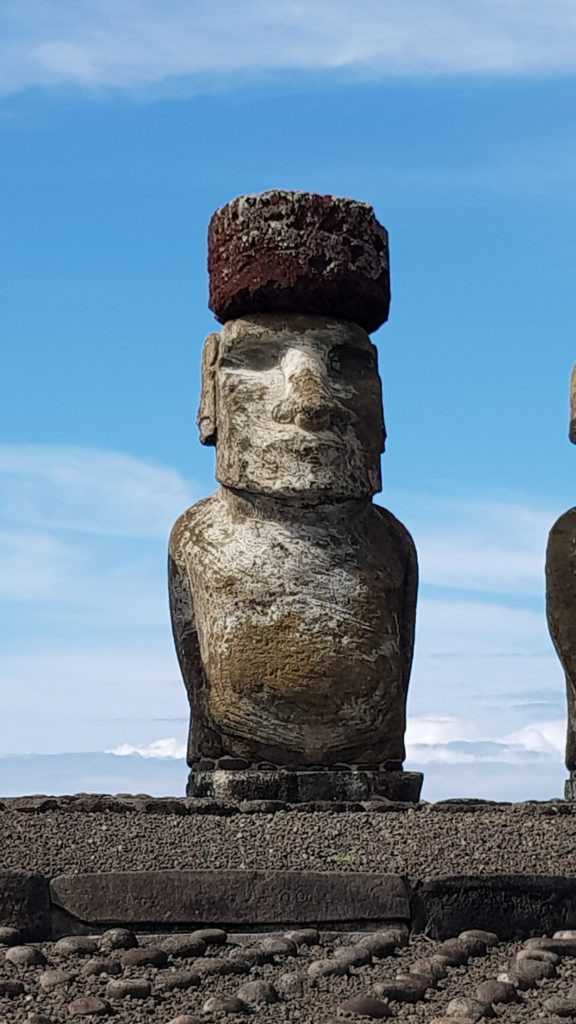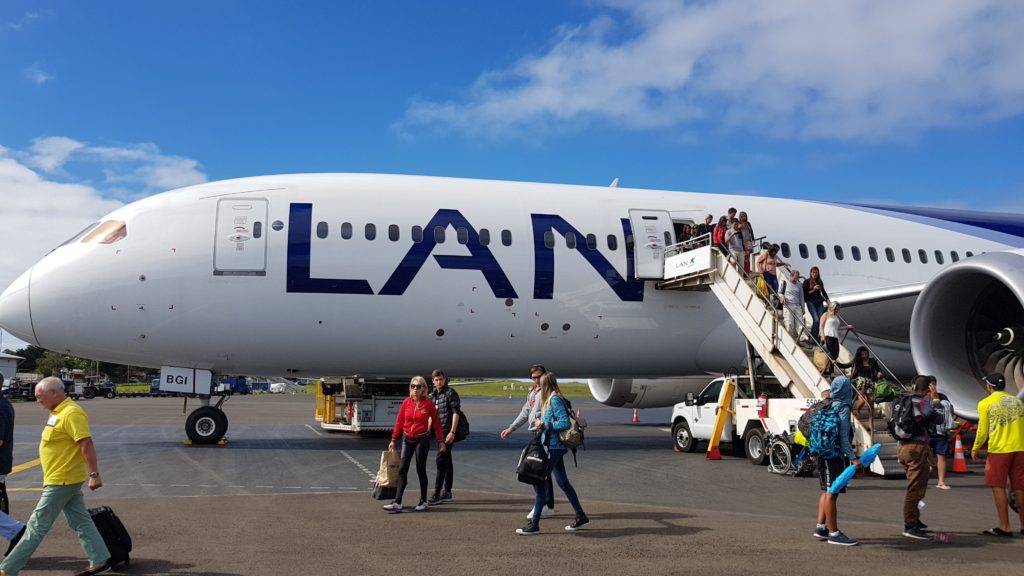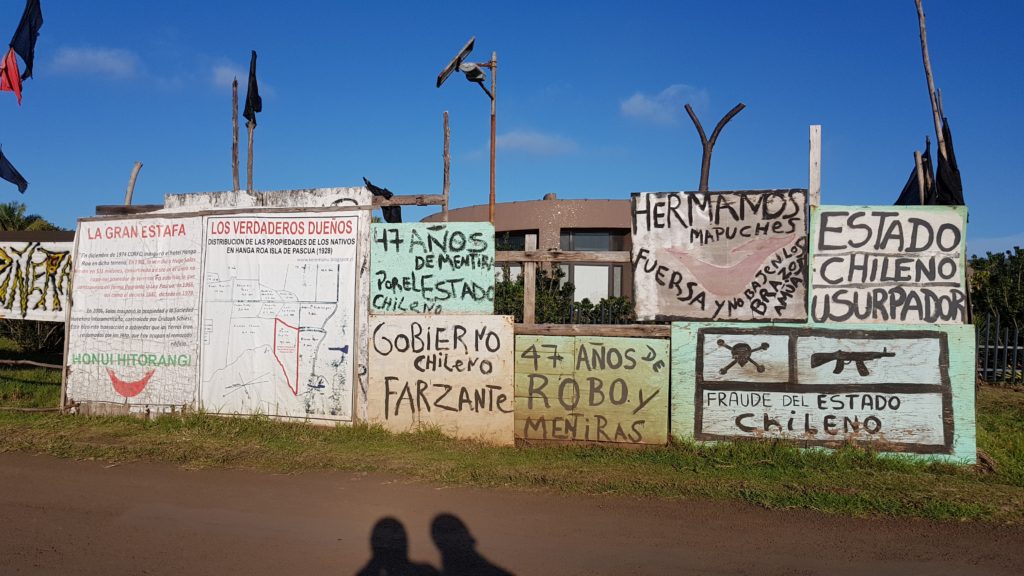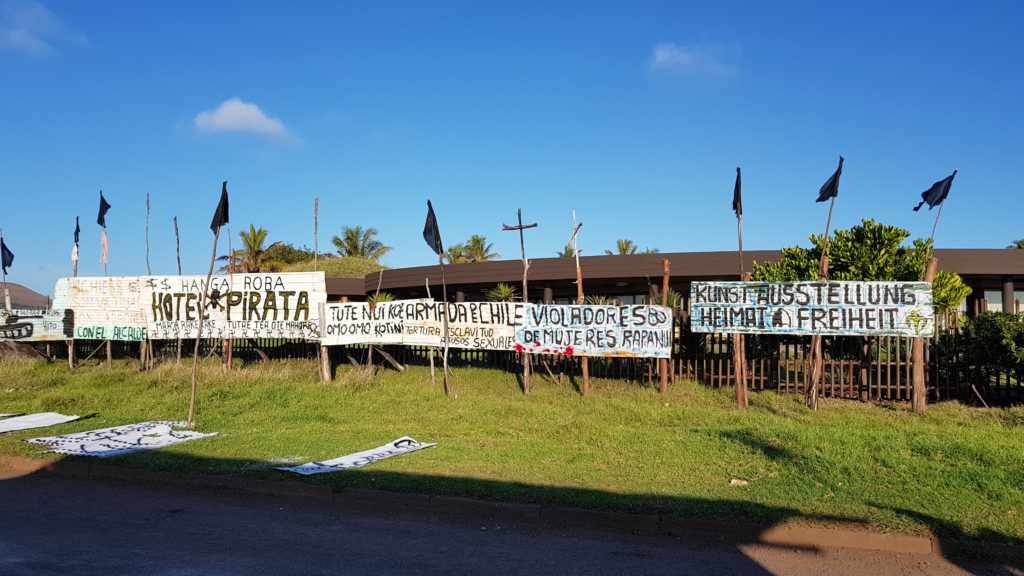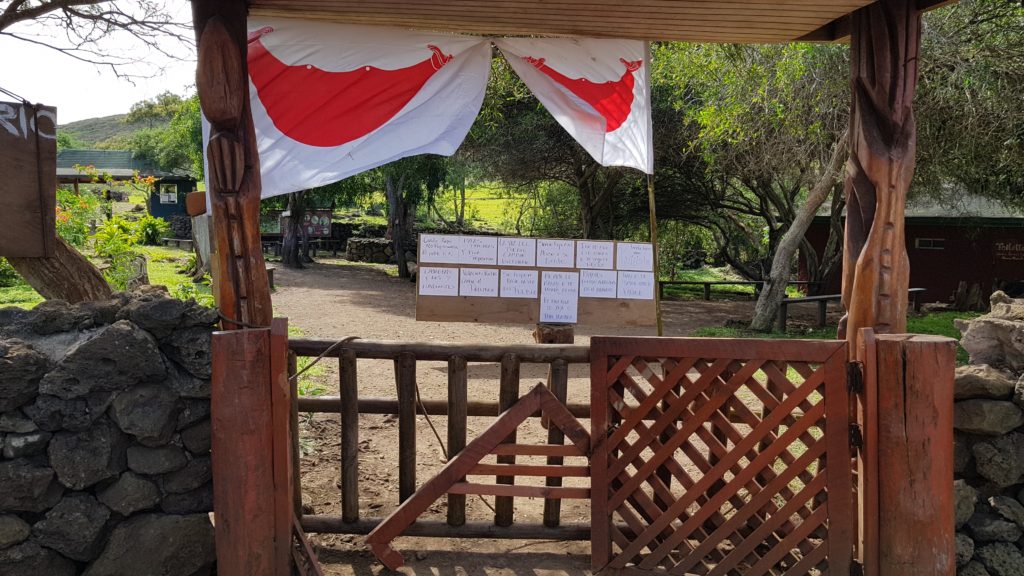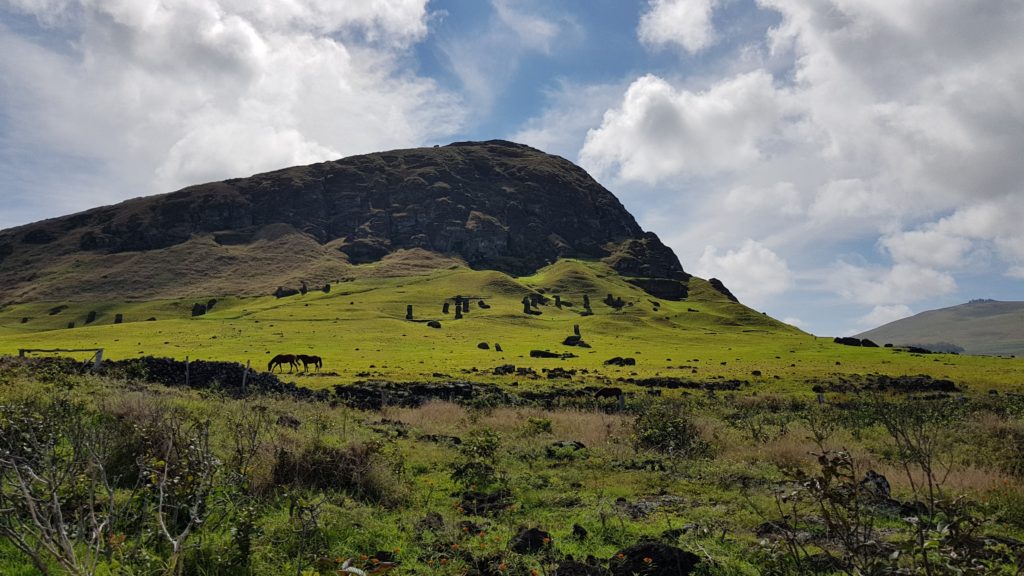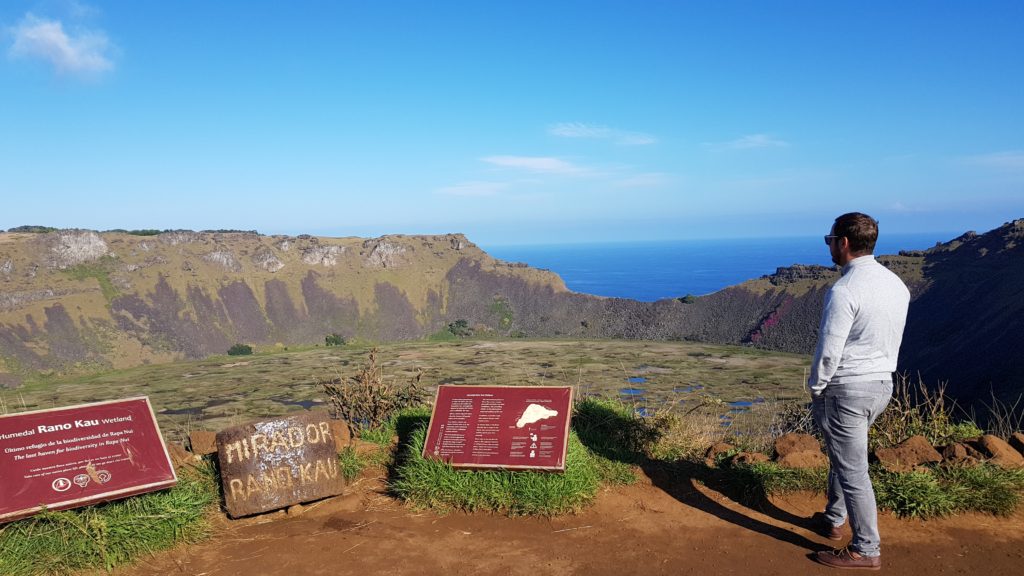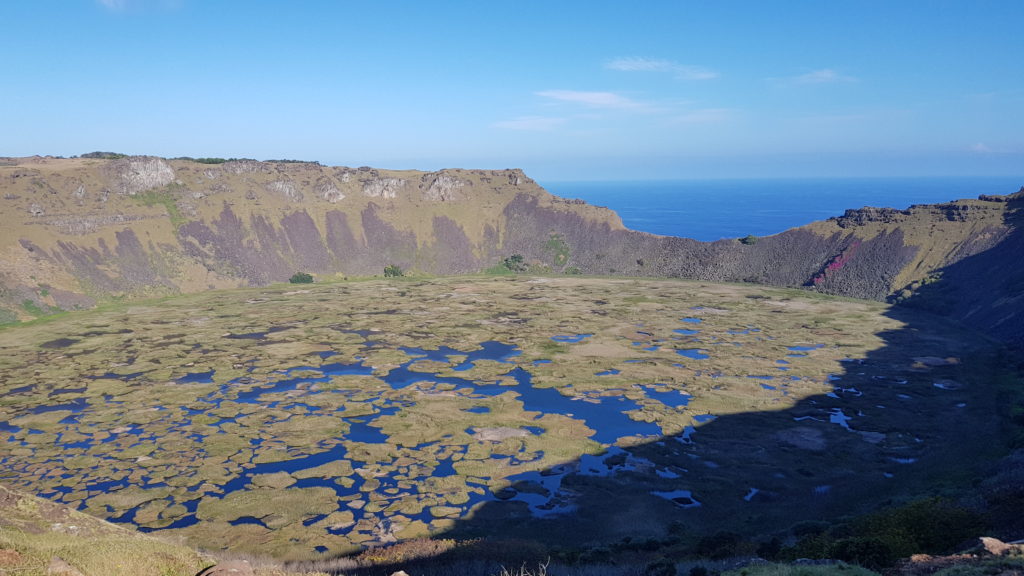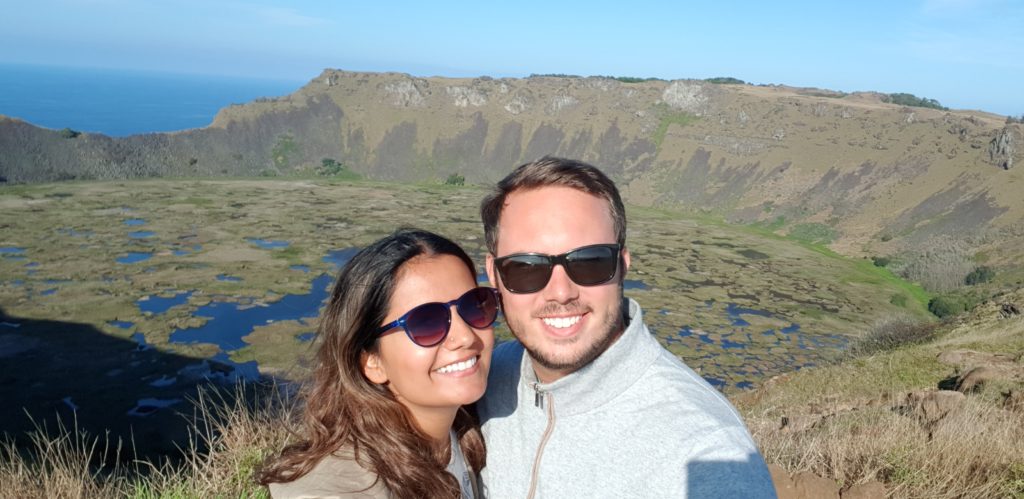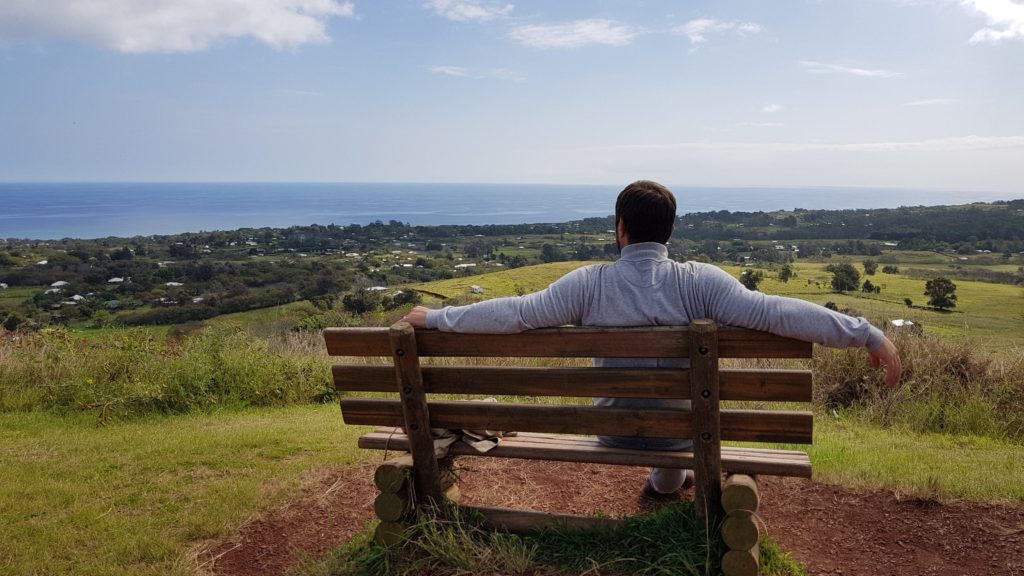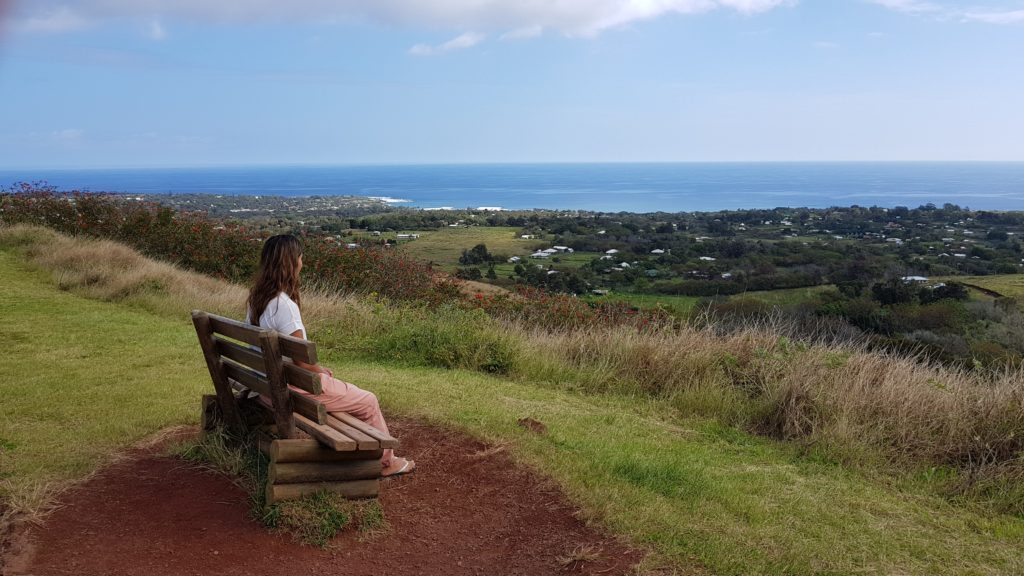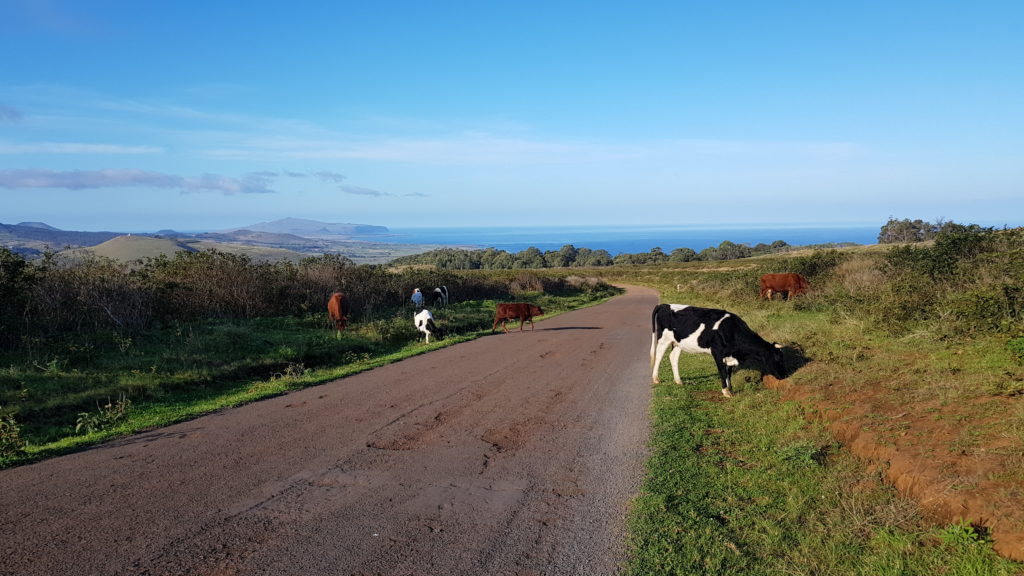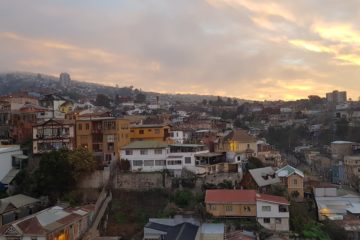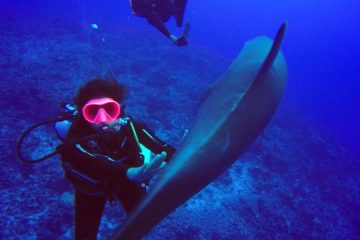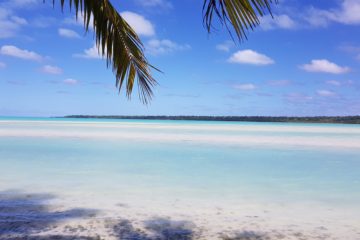Introduction
Easter Island, a small remote volcanic island in the southeastern Pacific Ocean, at the south-easternmost point of the Polynesian Triangle in Oceania. It is one of the most remote inhabited islands in the world. Its native name is Rapa Nui, the same name is their local spoken language which the islander speak beside of Spanish. This because the island is Chilean territory since 1888 when Chile annexed the island. With approx. 7’750 registered people on the island, 45% of them consider themselves as Rapa Nui.
Easter Island is especially most famous for their nearly 1000 extant monumental statues, called Moai created approx. between 11th – 16th century.
Arrival in Rapa Nui
We had an early flight leaving in Papeete, French Polynesia at 2.50am. We had a quick nap before our flight but that’s it. Through the time difference of 5h and a flight time of 5h, we arrived in Hanga Roa, the only village of the island. We stayed at Chez Steve Residence Kyle Mio, a 10min walk from the center of the village. Steve picked us up and gave us a quick tour through the village. Post office, few shops and restaurants, a football field and an ATM that was it. It was a quick round and he dropped us off at his place. Steve is French and is married to his wife from Rapa Nui. He gave us a quick intro where are the famous Moai sights which we shouldn’t miss and how to get best around the island.
We decided to rent a scooter as we wanted to be flexible even as the weather was a bit chillier than we are used to with 20°C. After a quick walk into the village, we found a place where we were able to rent a scooter for two days. The same day we decided to explore a bit the village and take care of our usual tasks when we arrive at a new island/country, getting a SIM card, ATM and buy some water. After an early lunch at the coast, we went back to our stay as we were really tired. We had to keep us awake as it was to early to sleep and we were able to do so until 7-8pm.
Exploring on our own
The next day we had a tour planned which we pre-booked. We are only 3 days on the island, so we didn’t want to miss the opportunity to see the famous statues. It may wouldn’t have been necessary as we were told that it is currently winter on the island and not really tourist season. Nevertheless, a good message for us that there are less tourists.
Originally planned was self-guided morning tour with our scooter, but we didn’t wake up before 11am, clearly jet lag tendencies. After a late breakfast provided by Steve, we decided to explore the closer sightseeing sights around the village. We drove up to Puna Pau where we were able to oversee the island, mainly Hanga Roa and the coast. Afterwards we drove by the Ahu Vinapu and Ahu Akivi.
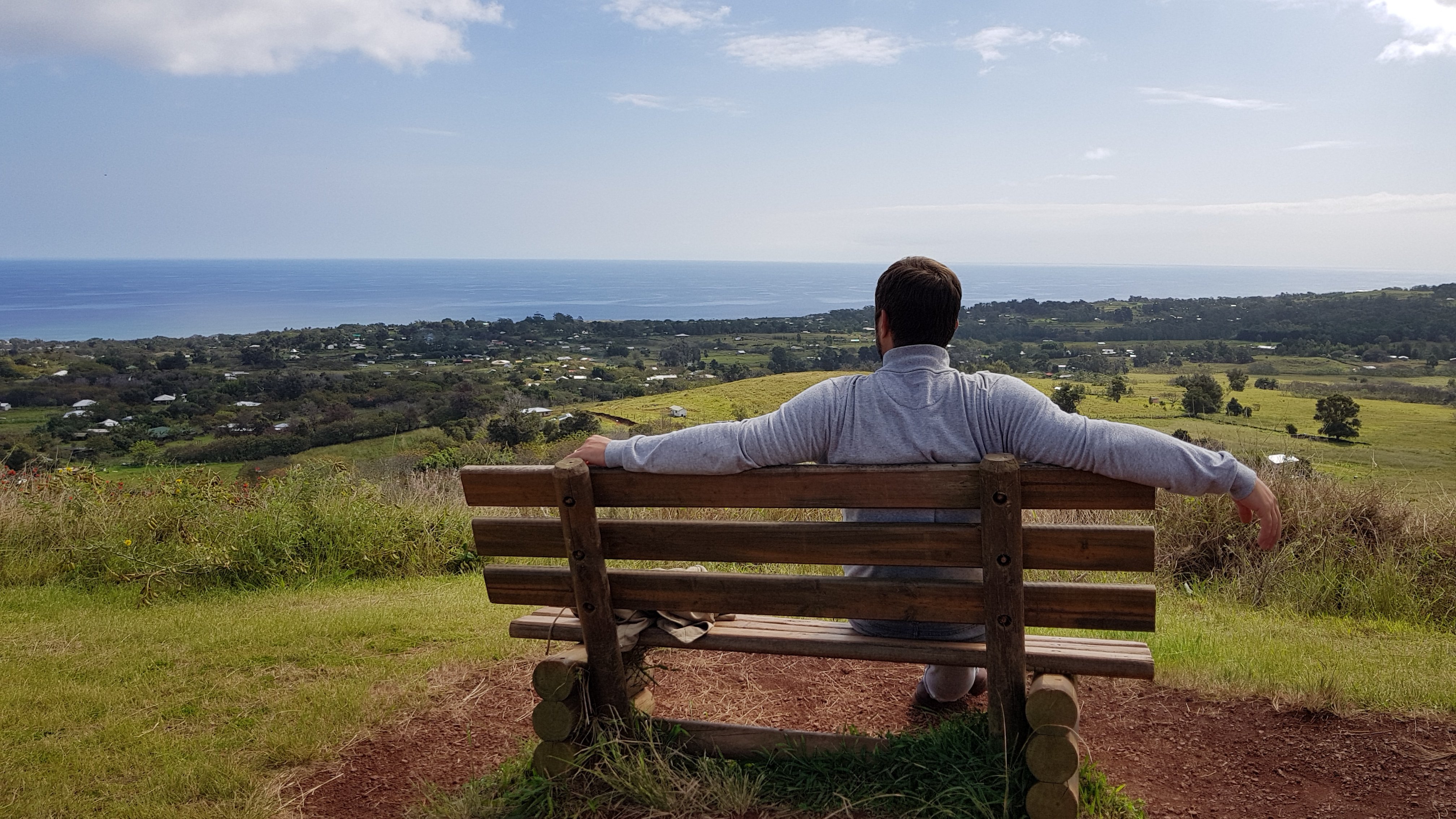
We were back at 3pm at our stay as we were supposed to get picked up. It didn’t happen, they had an issue with the tour guide as he didn’t show up. We were promised to find a solution and after a call later that day we got a free upgrade to a full day tour the next day. Therefore, we had time to go to visit the Rano Kao, an extinct volcano, with a crater lake which is one of the island’s only three natural bodies of fresh water. After that we visited Orongo, a stone village and ceremonial center. The village is on a 300-meter barren cliff face drops down to the ocean which gives you a stunning view towards the rough sea.
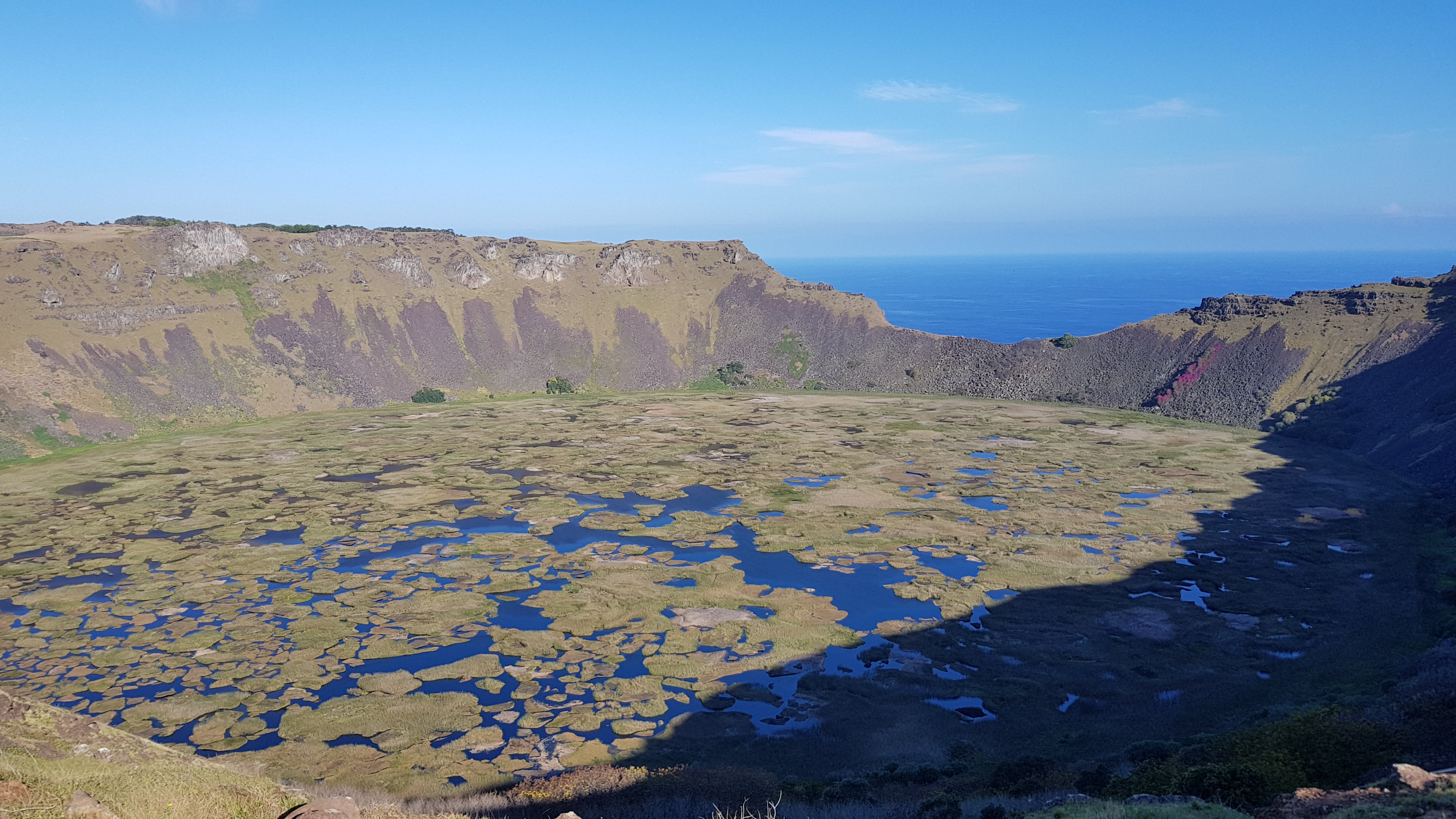
Last but not least, the sunset at the famous Ahu Tahai site where we combined the dinner, sunset and Moai at the Te Moai Sunset restaurant. After a good dinner and a beautiful sunset at that mystical place we went back and called it the day.
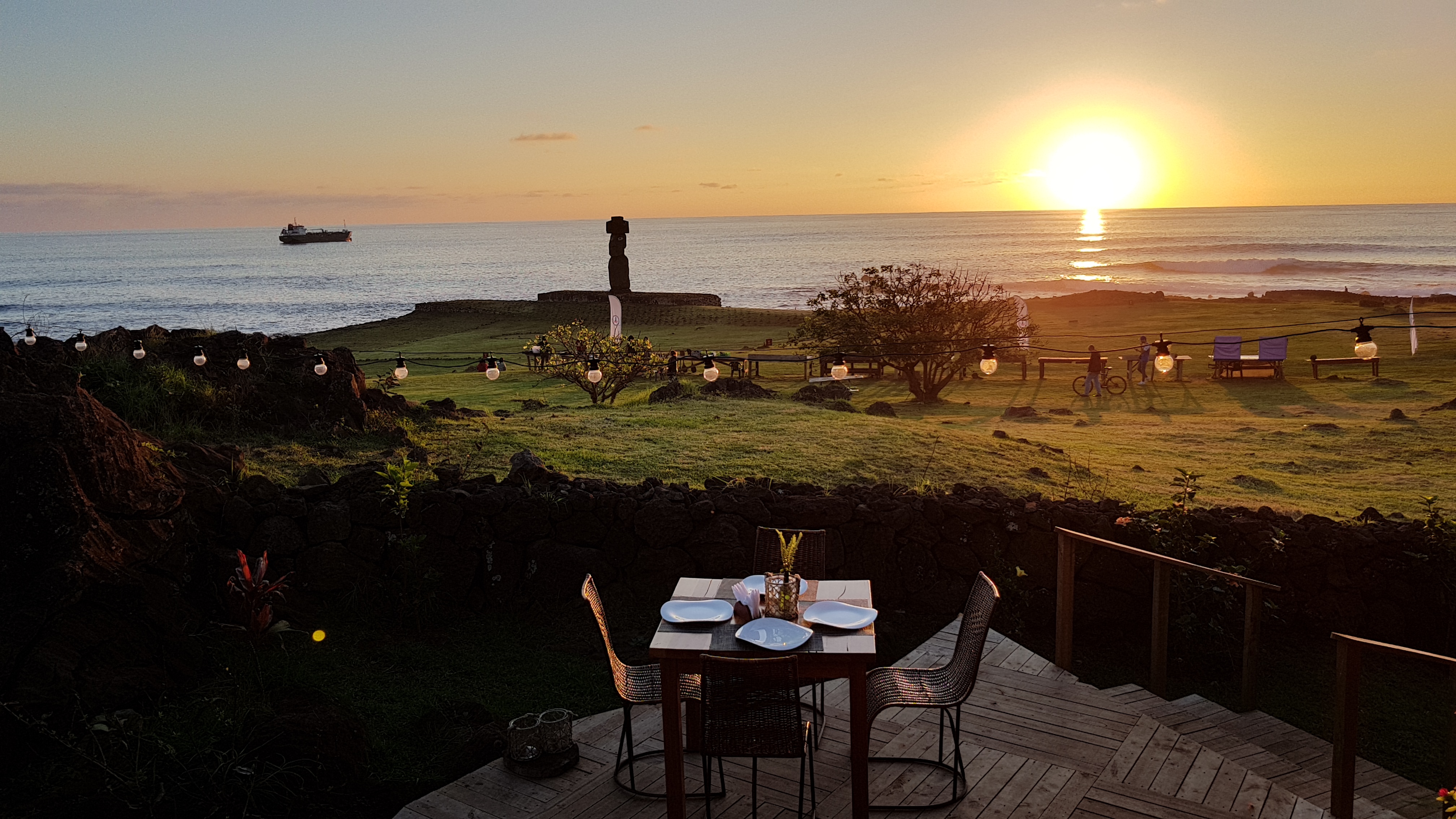
Full Day Tour – The legends of the Moai
The tour started the next day at 9am. This time the pickup worked out and we were in a group of 8. The guide was a native Rapa Nui and did the tour in Spanish and in English. We started towards our first stop which was a rebuild of the native houses. Afterwards we drove towards Ahu Akahanga.
The ride itself was stunning. The beauty of the landscape, wild horses running around, listening to the roaring sea and all with a peaceful silence.
Our second last stop was at the famous Ahu Tongariki. 15 standing Moai connected to each other facing towards the island. It is the largest Ahu on the island. These Moai were toppled during the island’s civil wars. After a tsunami in 1960, the Ahu Tongariki swept on land. They were substantially restored in the 1990s. It was a remarkable view and if you paused for a moment and listen to the silence, it had something mystical.
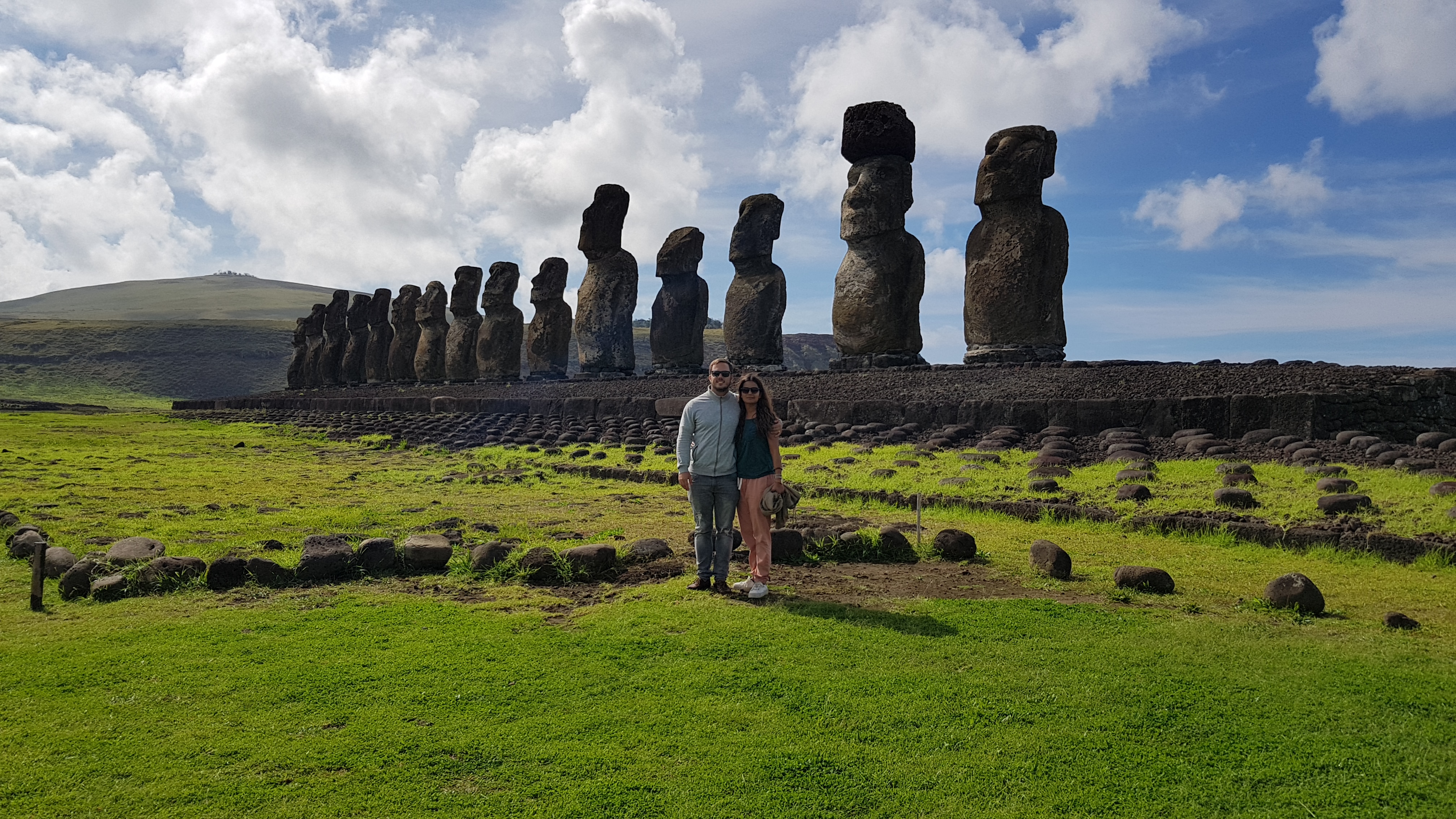
For our last stop, we stopped at the Anakena beach northeast of the island. It is the home of the Ahu Nau Nau. First, we had a late lunch with a great coastal view. Afterwards, we explored the Ahu Nau Nau and the Ahu Ature Huki. The weather was nice and sunny. Nevertheless, it was quite cold for us coming from French Polynesia and so we didn’t join the tourists in having a bath in the sea.
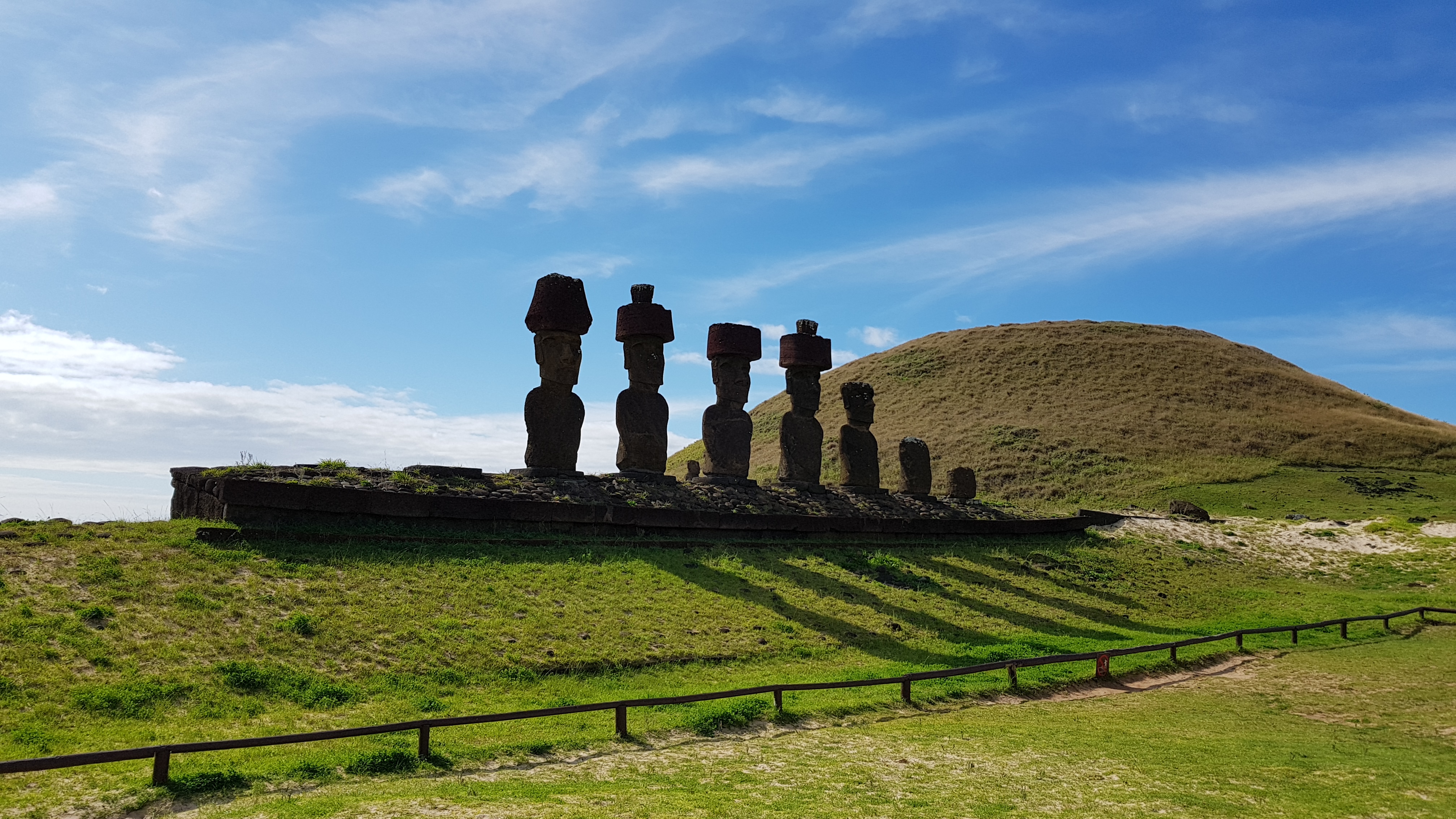
Political situation
It is an open secret that Easter Island is seeking independence from Chile. Just recently in November 2017, ancestral lands returned to the Rapa Nui people after 129 years of Chilean control. With that said, I would say this was just a drop on a hot stone of a long enduring fight to get their freedom, money and independence.
We were not spared of this movement. In front of the expensive Hangaroa Eco Village & Spa, you are able to see black flags and big banners talking about genocide, rape, racism and expropriation of native land. This are serious accusations.
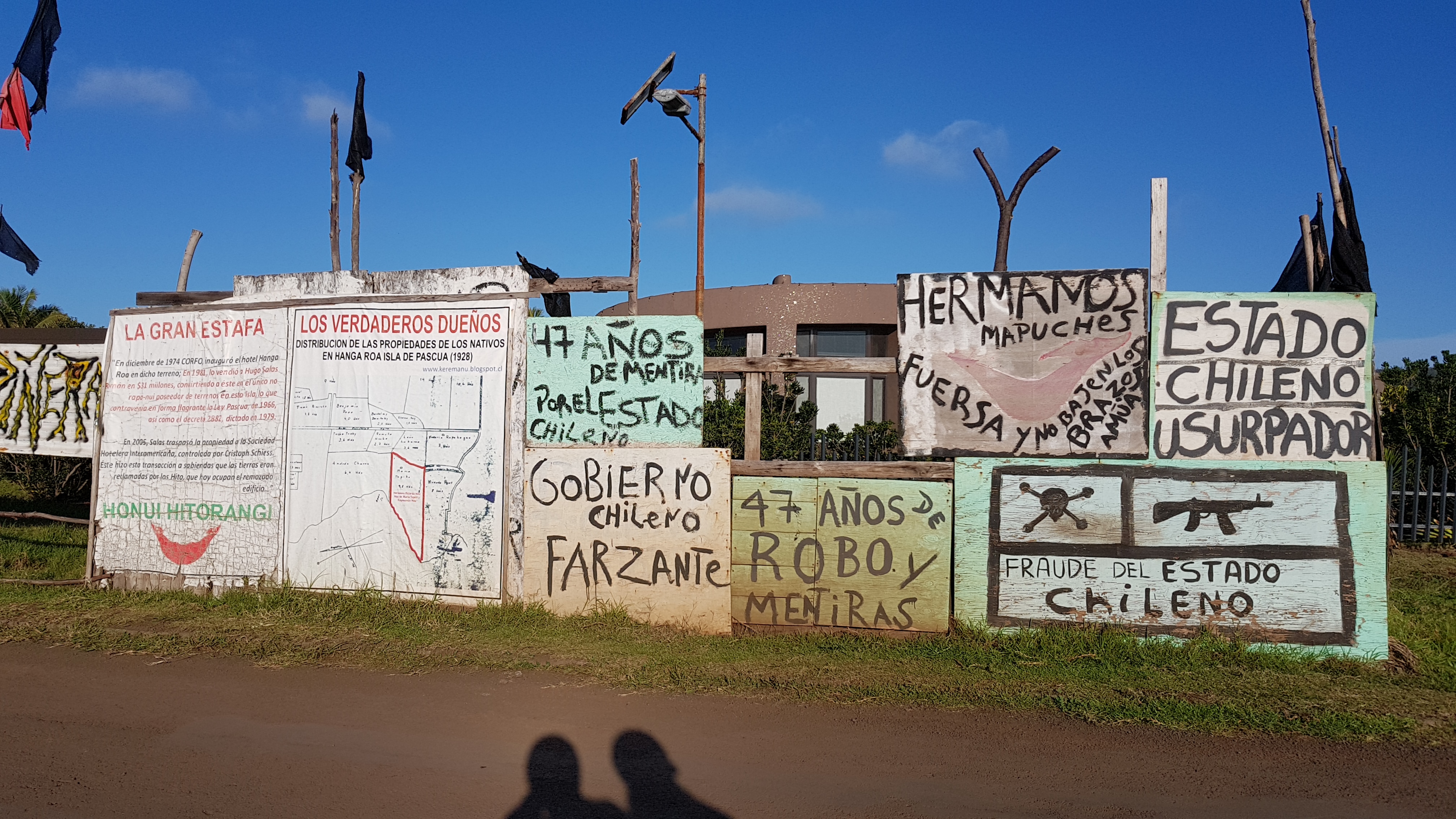
The day we explored the island, we saw a big gathering in front of some Moai protected by military and police. Later we found out that this was actually the Chilean president who wanted to visit the island but they didn’t let him into the village and so he had to do his speech next to the airport. Another big statement of the Rapa Nui people. Last but not least, on our guided tour the Rano Raraku park was closed due to a demonstration.
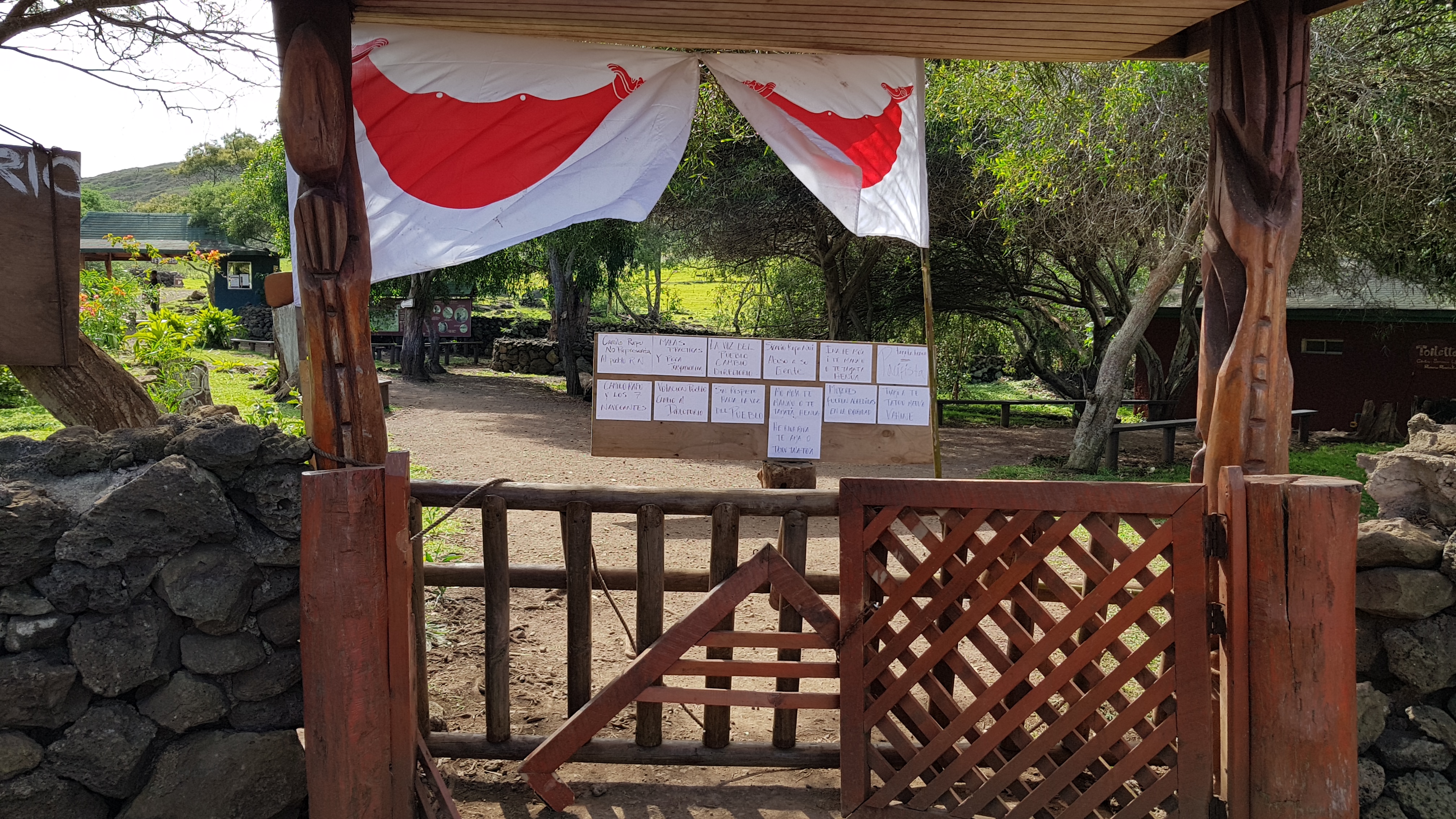
Overall, clear signs towards Chile, the future is uncertain. We wish the Rapa Nui people good luck!!
Next stop mainland Chile.
Ueli
